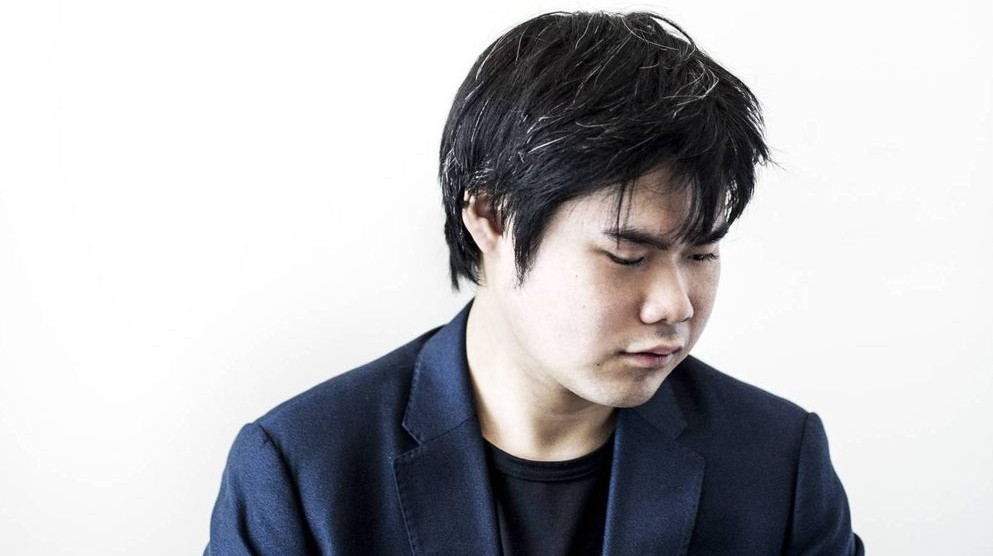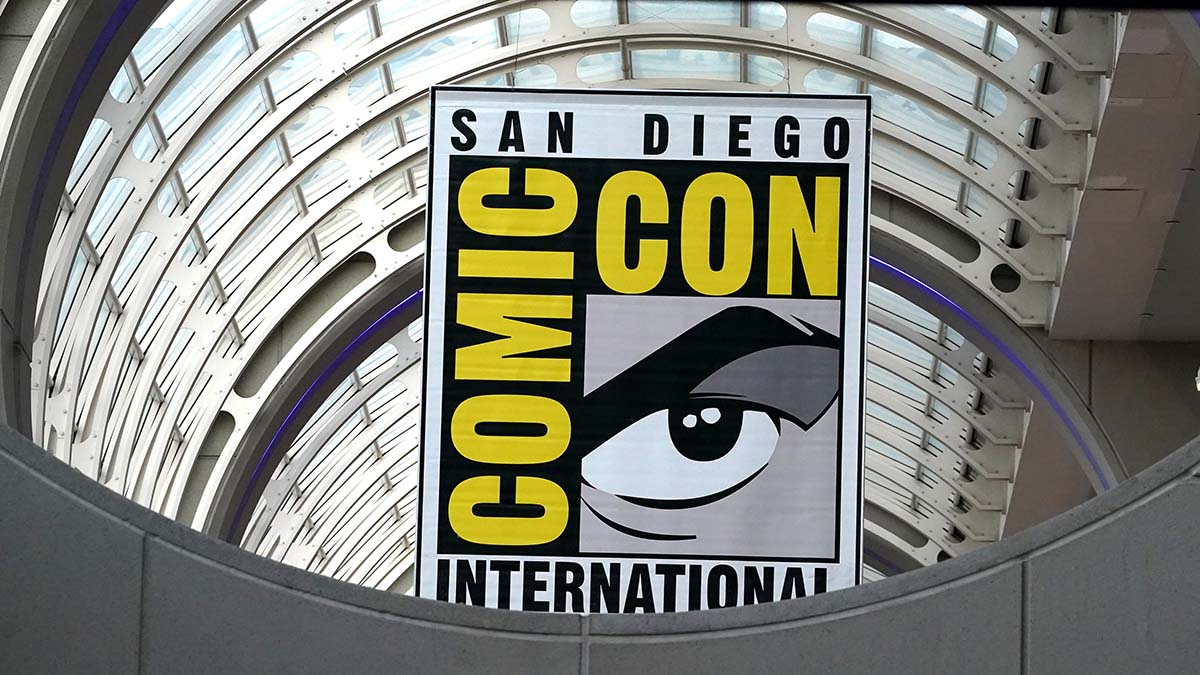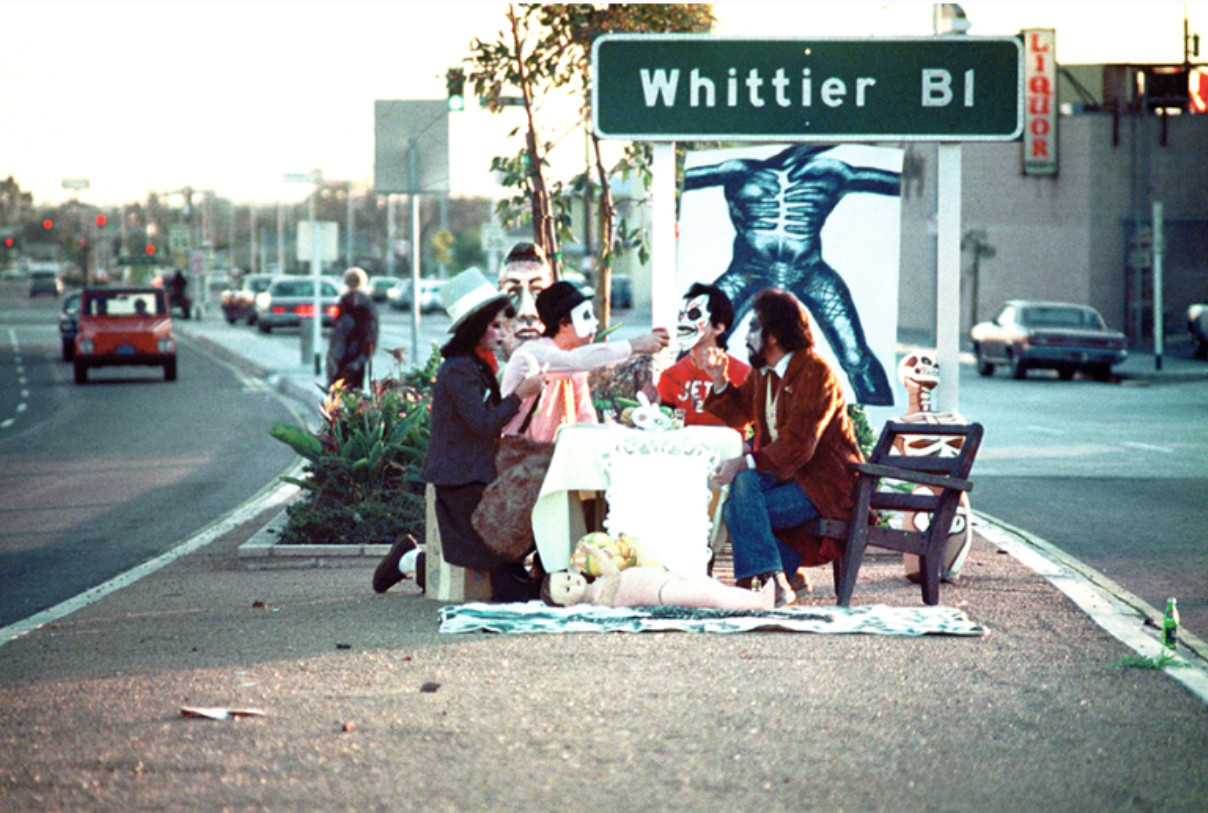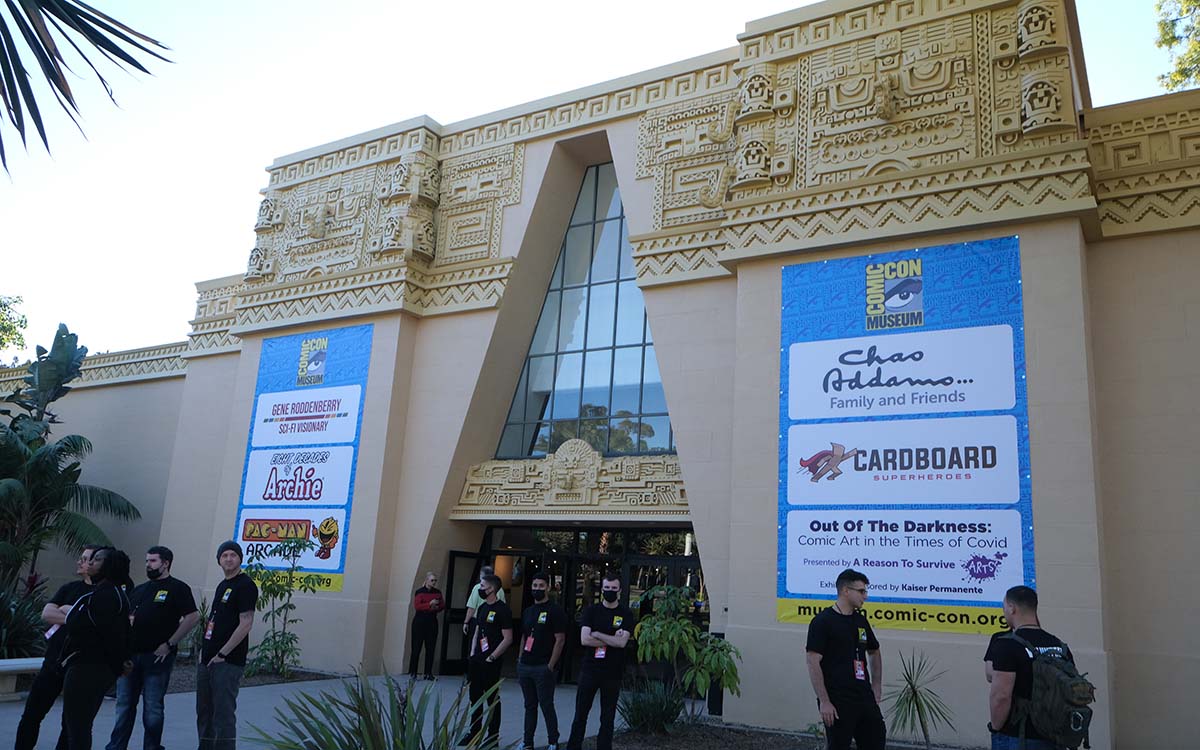From Houdini to Jolson: The Vaudeville Theaters That Shaped San Diego’s Entertainment Legacy


Before the silver screen, there was vaudeville—the vibrant form of entertainment that captivated audiences with its variety of acts. In early 20th-century San Diego, the vaudeville scene was a dazzling spectacle, offering everything from slapstick comedy and death-defying stunts to high drama and soaring operatic arias. These theaters weren’t just performance spaces—they were the birthplace of unforgettable moments in entertainment history, where legends took the stage before going on to even greater fame.
Here’s a look at some of the city’s historic theaters that helped define the vaudeville era in San Diego.
The Grand Theatre: Where Houdini Dared the Impossible

Located at 335 Fifth Avenue, the Grand Theatre (originally known as Louis’ Opera House) was already a key player in San Diego’s entertainment scene when magician Harry Houdini arrived in 1907. Fresh off his growing fame as “The Handcuff King,” Houdini’s daring feats were crowd-pullers, and in that year, he performed one of his most famous escapes—this time, from shackles while submerged in San Diego Bay. The audience waited with bated breath, and when Houdini emerged from the water, free from his restraints, the cheers could be heard echoing through the streets.
Though the Grand Theatre eventually evolved into a motion picture house and ultimately faded from prominence, for one unforgettable night in 1907, it was the center of the universe for every San Diegan who witnessed his performance.

Spreckels Theatre: The Stage of Legends
At 121 Broadway, Spreckels Theatre, opened in 1912 by John D. Spreckels, was nothing short of a palace for entertainment. Its opulent design made it the premier venue for vaudeville and opera, attracting some of the greatest names of the time. Enrico Caruso, the world’s most famous tenor, performed here in 1916, his powerful voice filling the auditorium and leaving audiences mesmerized. John Barrymore, the iconic member of the legendary Barrymore acting family, also graced the stage, captivating the crowds with his performances. But the Spreckels was more than just about high culture.


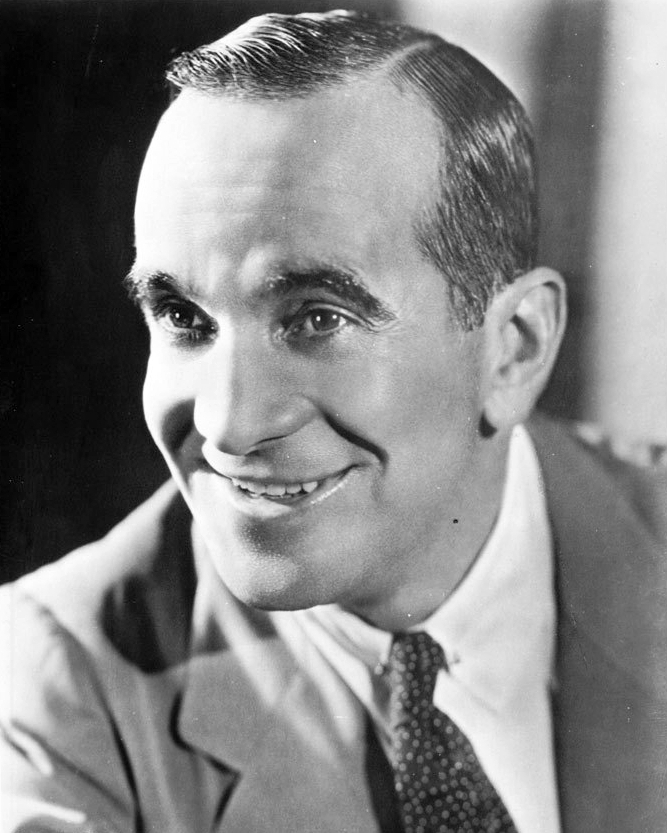
It was home to electrifying performances by Al Jolson, renowned for his larger-than-life stage presence, and the famous Will Rogers, who entertained with his humor and lasso tricks.
Even comedy duo Abbott and Costello made their mark here with their unforgettable routines. While the Spreckels Theatre later transitioned to showing films, it remains an active venue today, still hosting live performances and events.
The Balboa Theatre: A Gilded Temple of Entertainment
Opening its doors in 1924 at 868 Fourth Avenue, the Balboa Theatre was a true spectacle from the moment it opened. Its elaborate architecture was a visual feast, making it more than just a venue—it was an immersive experience.

On opening night, the celebrated vaudeville duo Fanchon & Marco dazzled the audience with their synchronized choreography, and they were joined by the Sunkist Beauties, a famous chorus line known for their flawless performances. The Balboa was also a prime destination for early Hollywood stars. Conway Tearle and Corinne Griffith, silent film luminaries, made personal appearances here, allowing their fans a rare chance to see them in the flesh.

Though the Balboa later shifted to showing movies, it was lovingly restored in 2008 and continues to welcome theatergoers today, offering a blend of history and modern entertainment.
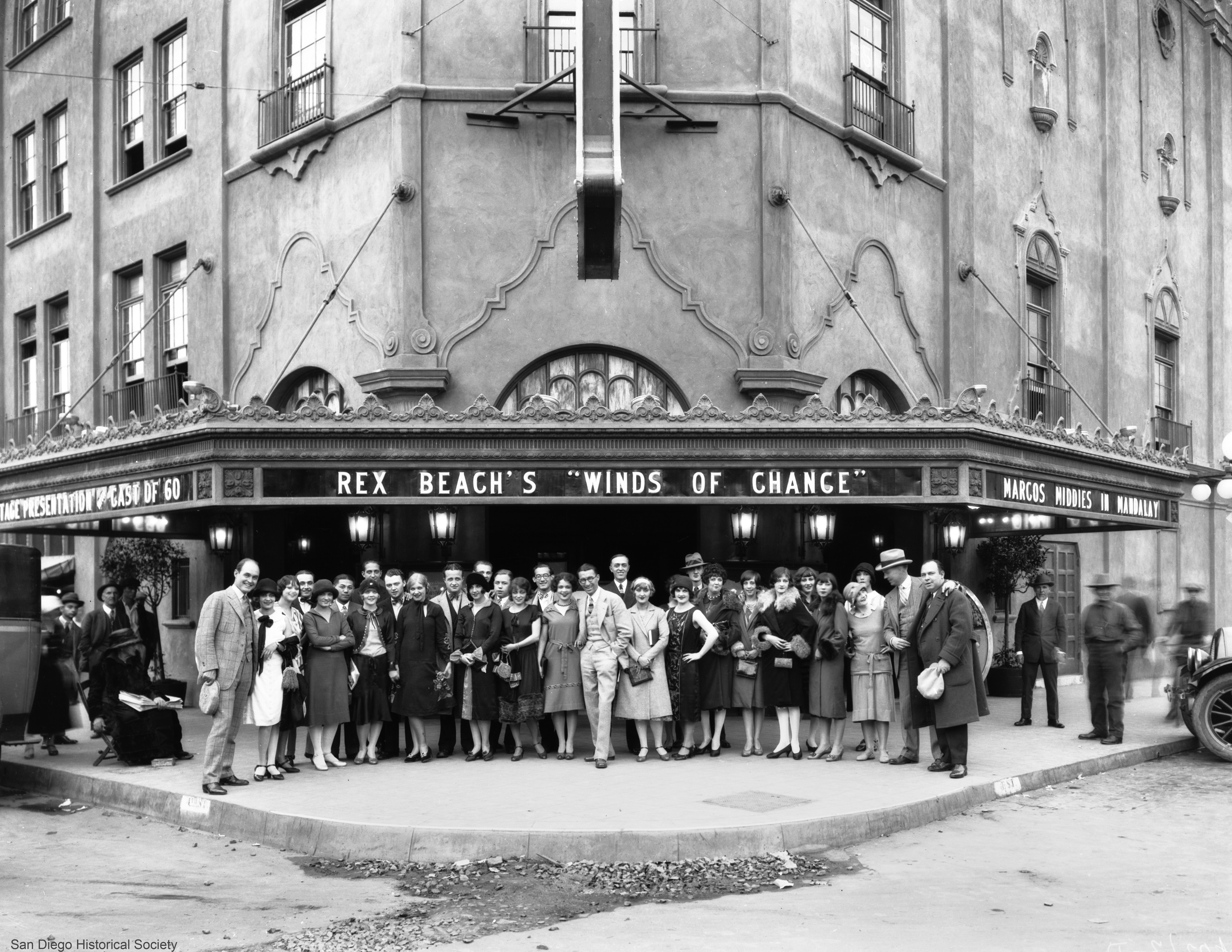
The California Theatre: A Grand but Fading Jewel
At 830 C Street, the California Theatre, which opened in 1927, was once one of the most beautiful venues in San Diego. Its Spanish Revival style and ornate interior made it a standout, drawing crowds for both vaudeville acts and the newest films of the era. Though it is not well-documented which specific vaudeville acts performed there, the theater was renowned for its combination of live entertainment and cinematic experiences. As vaudeville faded and movie houses grew in popularity, the California Theatre saw its decline. Over time, it fell into disrepair and remains closed today—an abandoned relic of a bygone era, awaiting the day when it might be restored and revived.
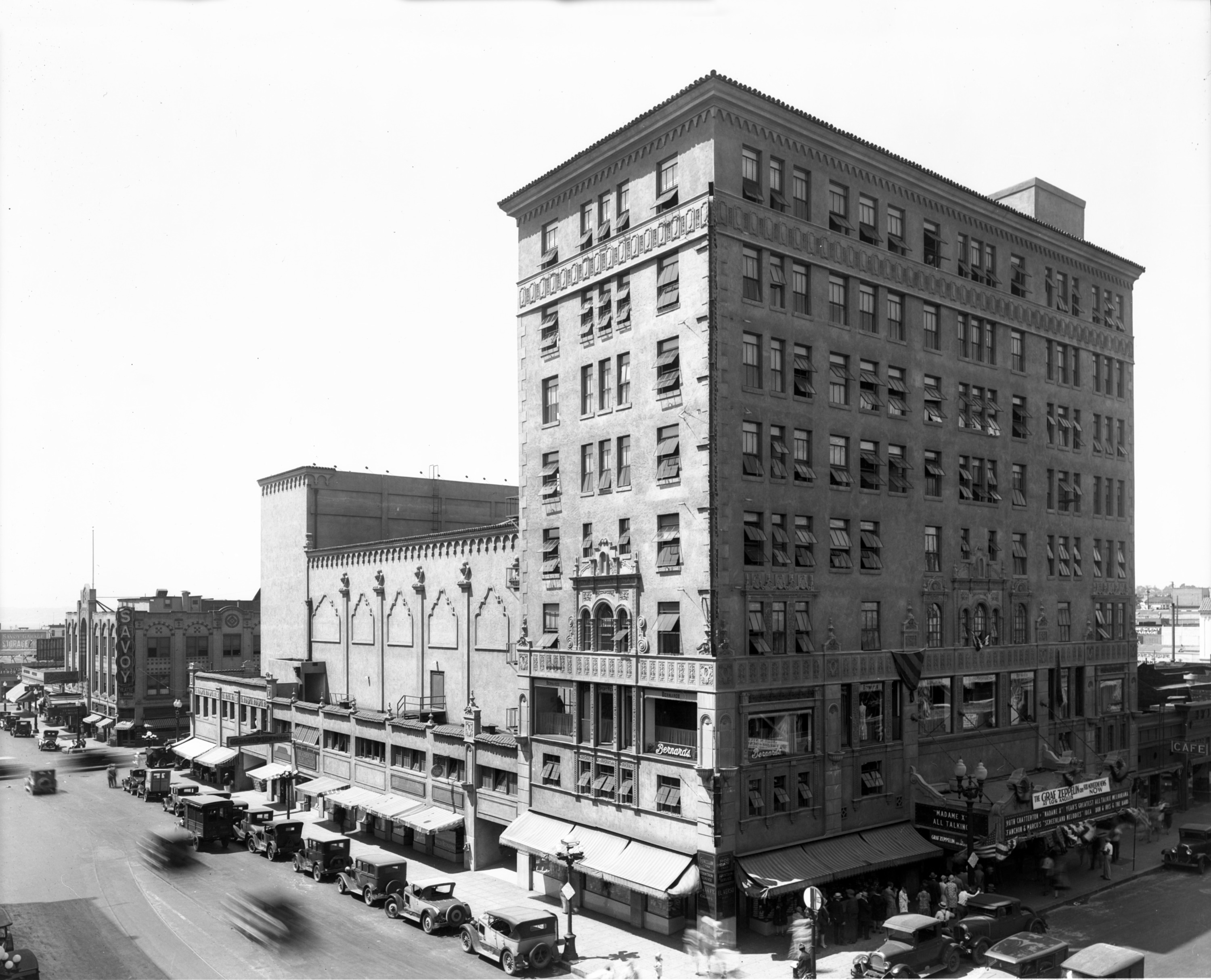
The Pantages Theatre: A Stage for Vaudeville’s Brightest Stars
Located at 701 Broadway, the Pantages Theatre (opened in 1923) was part of the famed Pantages Theater chain owned by Alexander Pantages. Known for its luxurious design and capacity to host large crowds, it quickly became a premier venue for vaudeville acts. Names like The Marx Brothers, Fanny Brice, and Burns and Allen performed on its stage, cementing its legacy in the history of entertainment.
Like its counterparts, the Pantages eventually transitioned to films, and after a brief period as the Fox Theatre, it was demolished in 1977. Though no longer standing, its place in San Diego’s vaudeville history remains an indelible part of the city’s cultural past.
Embed from Getty ImagesGone But Not Forgotten
From Houdini’s daring escapes to the comic genius of Jolson, San Diego’s vaudeville theaters were the heart of entertainment in the early 20th century.
These venues brought performances and cultural moments that would be discussed for generations. While many of these grand theaters are no longer around, their impact on the city’s entertainment legacy is undeniable, and a glimpse into their history reveals a time when the stage was everything.

Sources
- “San Diego History Center.” San Diego Historical Society. www.sandiegohistory.org
- “Spreckels Theatre: A Brief History.” Spreckels Theatre. www.spreckelstheatre.org
- “Harry Houdini in San Diego.” Houdini Museum. www.houdini.org
- “The Balboa Theatre: A History.” San Diego Theaters. www.sandiegotheaters.org
- “The Pantages Theatre and Its Legacy.” San Diego Performing Arts History. www.sdperformingarts.org
- “Vaudeville in San Diego.” California Theatre Foundation. www.californiatheatrefoundation.org
Debbie L. Sklar is a long-time contributing editor to the Times of San Diego. For more historical stories about Hollywood’s Golden Age visit here.
Categories
Recent Posts





